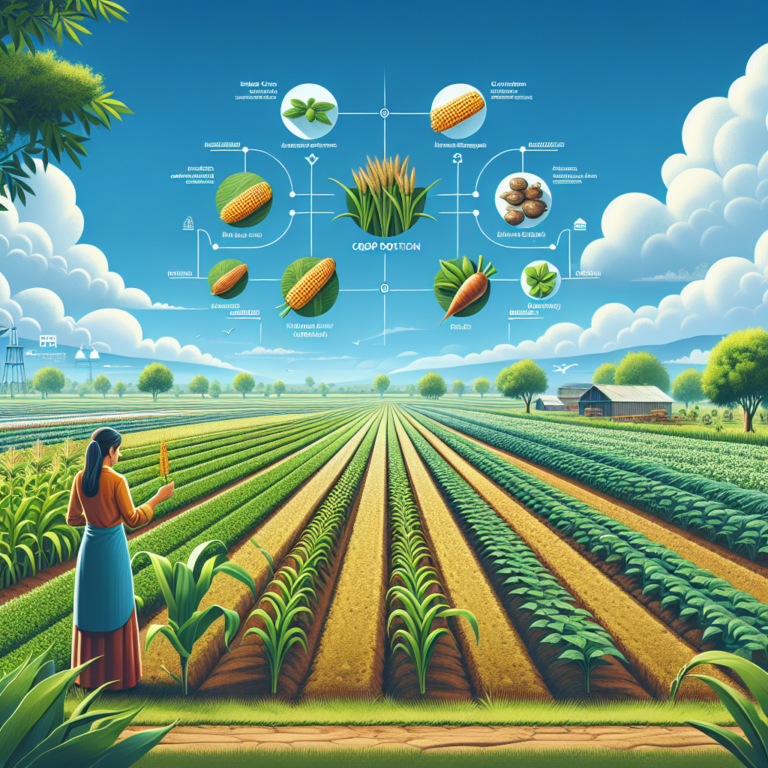Sustainable farming is becoming increasingly important as the global population continues to grow, putting pressure on the Earth’s resources. One key practice in sustainable farming is crop rotation, a method that has been used for centuries but is now gaining renewed attention for its numerous benefits.
Crop rotation involves planting different crops in sequential seasons on the same plot of land. This practice helps to replenish soil nutrients, control pests and diseases, and improve overall soil health. By rotating crops, farmers can reduce the need for synthetic fertilizers and pesticides, which can be harmful to the environment and human health.
One of the main benefits of crop rotation is its ability to improve soil fertility. Different crops have different nutrient needs, so rotating crops helps to ensure that the soil is not depleted of any particular nutrient. For example, legumes like peas and beans have the ability to fix nitrogen from the air and improve soil fertility, making them an ideal crop to rotate with other nutrient-hungry crops.
Crop rotation also helps to control pests and diseases. When the same crop is grown in the same location year after year, pests and diseases that attack that crop can build up in the soil. By rotating crops, farmers can disrupt the lifecycle of pests and diseases and reduce the need for chemical controls. For example, planting a crop like corn after a legume crop can help reduce the population of corn-loving pests.
In addition to improving soil fertility and pest control, crop rotation can also help to improve soil structure and water retention. Different crops have different root structures, so rotating crops can help break up compacted soils and improve water infiltration. This can help to reduce erosion, increase water efficiency, and improve overall soil health.
Overall, crop rotation is a simple but effective practice that can have numerous benefits for both the environment and farmers. By rotating crops, farmers can improve soil fertility, control pests and diseases, and improve soil structure and water retention. In a world where sustainability is becoming increasingly important, crop rotation is a valuable tool for ensuring a healthy and productive agricultural system.










